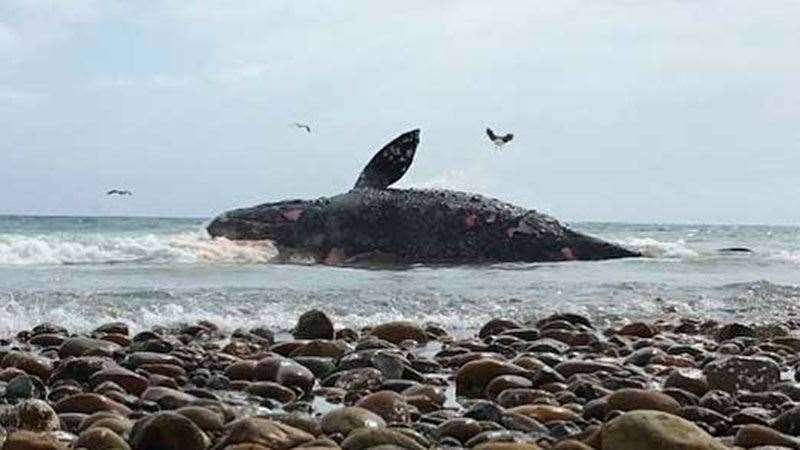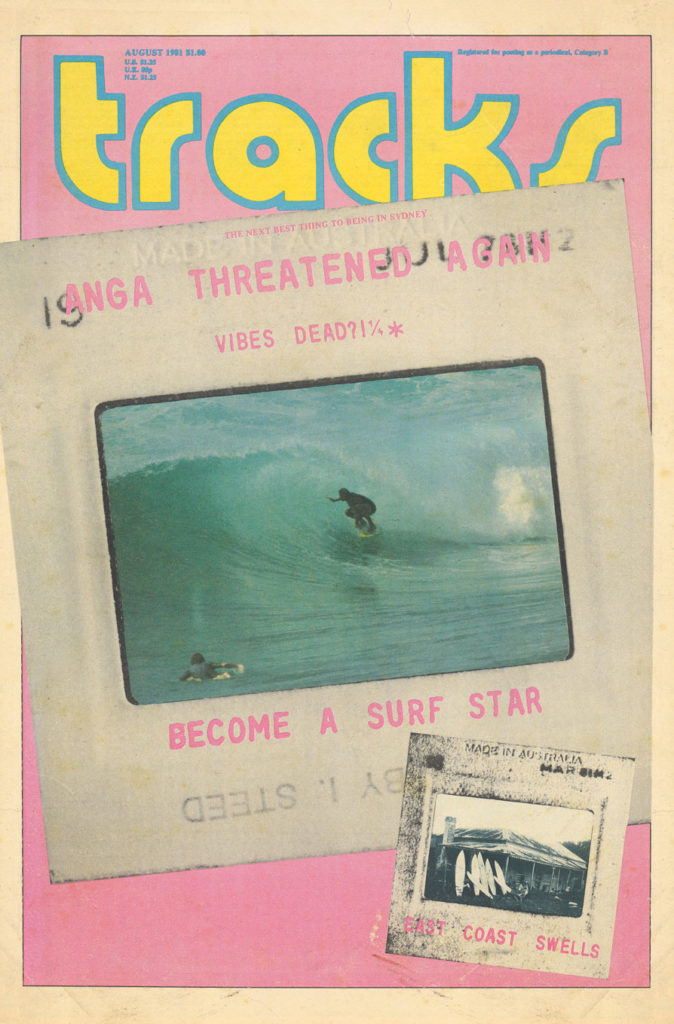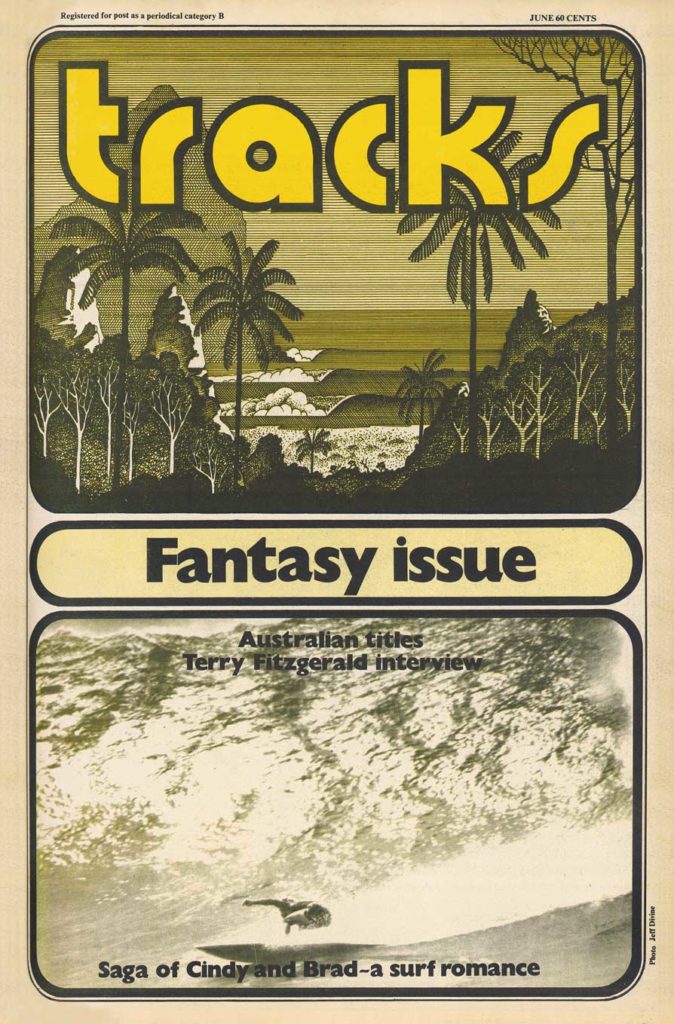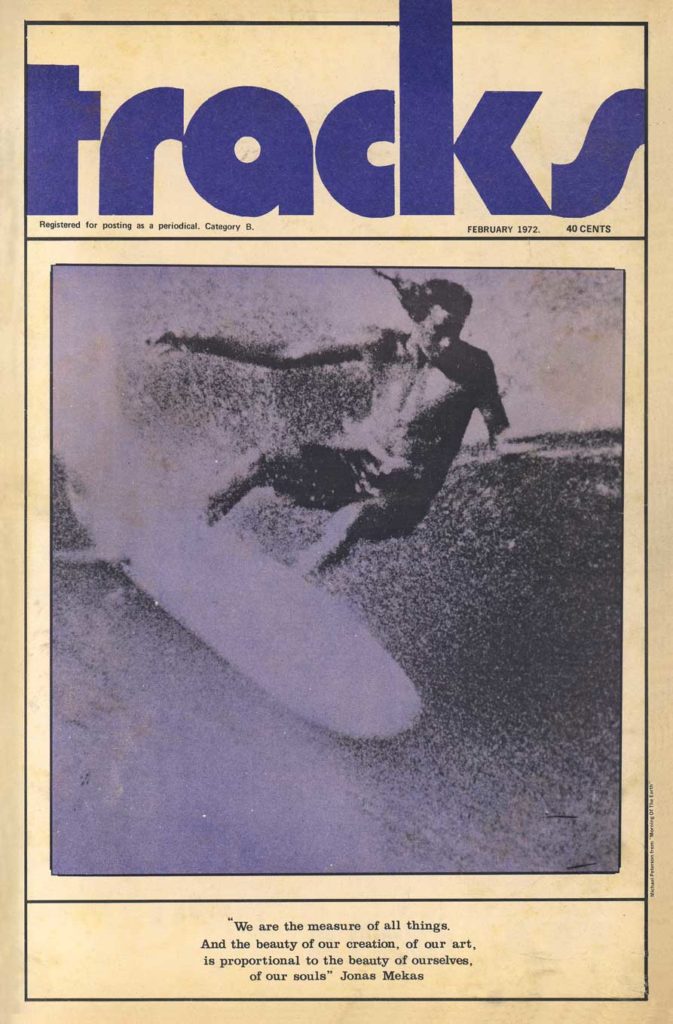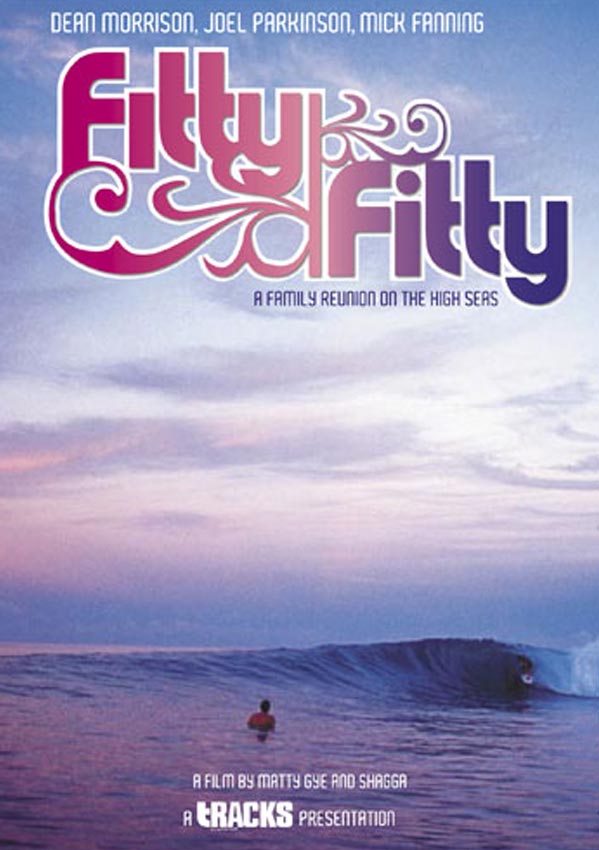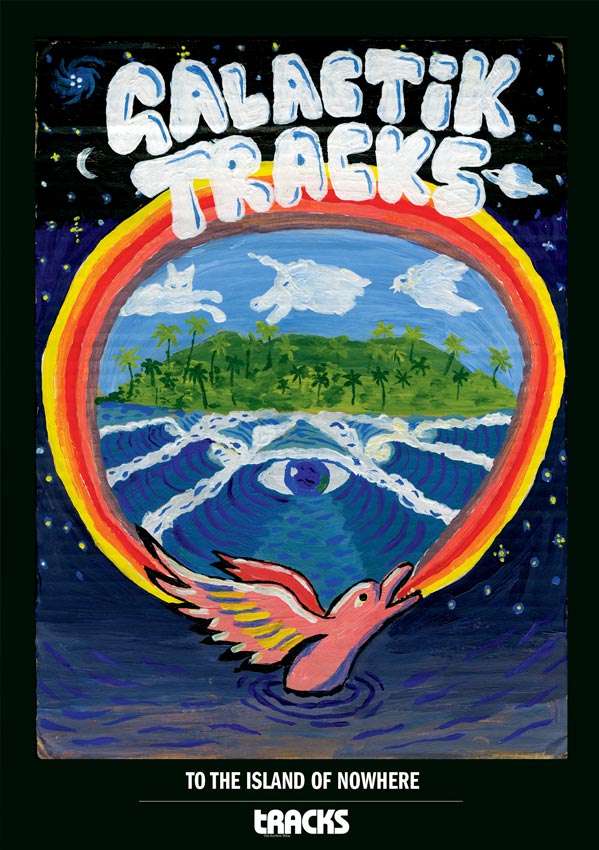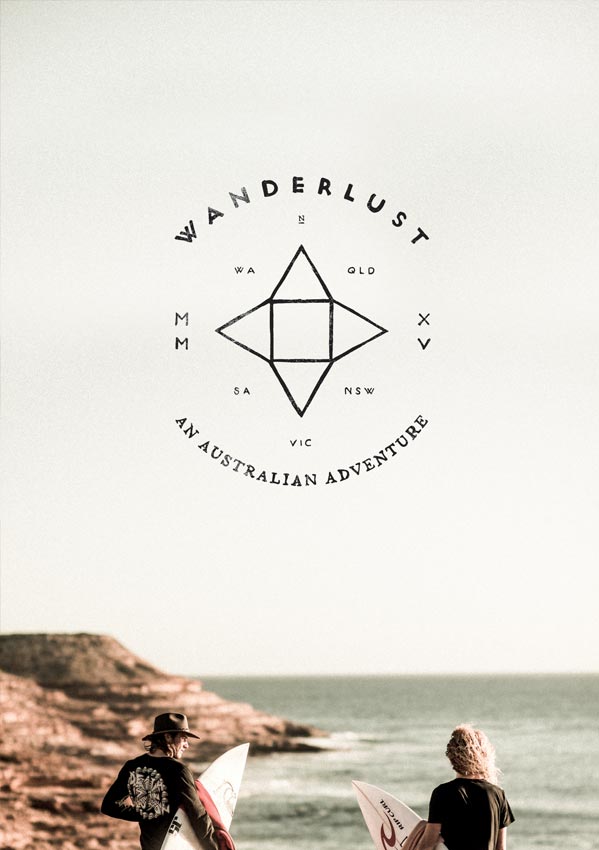Right now east-coasters are relishing the chance to watch the whales go by while they make their annual migration north, but what’s the official course of action when a 40-foot Humpback Whale sadly washes up on one of our beaches? We might lament the loss of this beautiful mammal but it’s unlikely we spare a thought for the giant cetacean’s proper burial. Understandably, making a 40-foot, deceased Humpback Whale vanish is no easy task.
While laws and regulations relating to washed up whales vary from state to state in Oz, it’s interesting to consider how the problem is dealt with by the mainland Americans. Lower Trestles beach in Southern California recently welcomed a 60,000-pound Humpback Whale that died of natural causes and attracted thousands of tourists. Surfers were forced to stay high and dry while several sharks followed the scent of the carcass all the way to the wave zone.
Kelly Slater even posted a few comments on his Instagram page about the whale, offering up a “feeding frenzy” surf to a few of his 1.6 million followers near the carcass. The Southern Californian whale was later chopped into bloody pieces and tossed into a landfill.
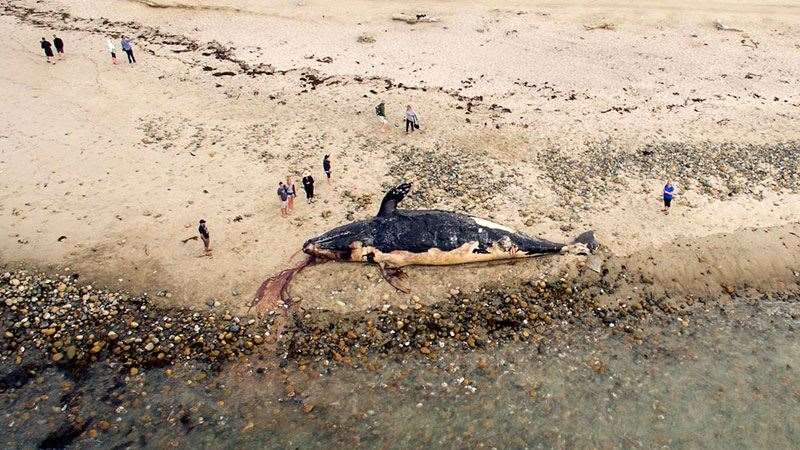
A distressing image of the whale at Trestles. Disposing of the carcass was a major undertaking.
Slicing and dicing such a beautiful creature into truck-sized chunks seems almost sinful and brings to mind gory images of whaling industry days. Back in Oz The National Parks and Wild life Service of New South Wales (NPWS) advocates an approach less likely to offend. The NPWS official policy suggests the whale carcass should be buried a modest distance up the beach unless this alternative is deemed dangerous. According to Gabrielle Last, the Manager of Public Affairs at the Office of Environment and Heritage in New South Wales, “Recommendations include burial behind the dune and above the high tide level in a pit excavated by heavy machinery to a depth of approximately four metres.”
There’s no doubt that burying the carcass seems the more humane route and certainly sounds a whole lot less brutal than cutting the creature into jumbo sashimi. There’s even a sense of dignity associated with a proper burial service.
Unfortunately a few years ago a scenario emerged that made burying the carcass imprudent. In 2012 a 40-foot deceased Humpback Whale washed into the ocean pool at Newport Beach in Sydney. The whale had failed to complete its migration journey North towards the Great Barrier Reef. At first the NPSW waited for the tide to rise and wash the giant mammal back to sea, but instead the carcass ended up back on shore and was eventually chopped up.
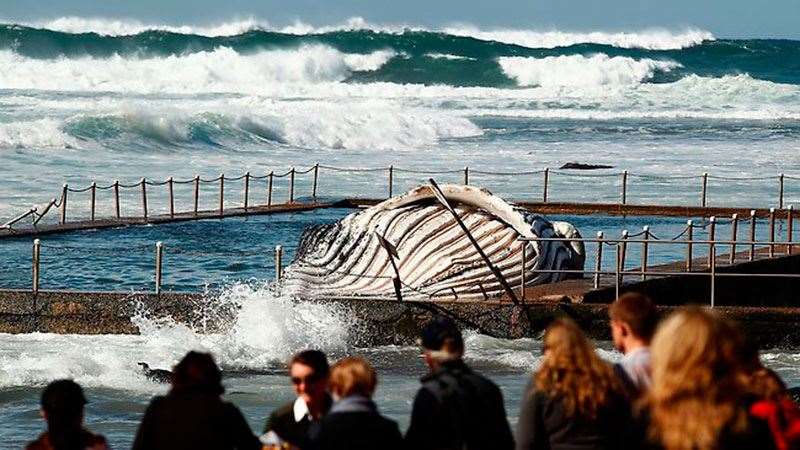
The Whale that wound up in Newport pool on Sydney’s Northern Beaches, a couple of years ago.
“The busier the location the more likely for the large animal to be dismembered,” explains Gabrielle Last. “Sometimes we can’t bury the carcass on site within so far of the tidal zone because of the decomposing process that could lead to an increase in sharks.”
Self-preservation over-rides sentimentalism and suddenly dismembering the creature doesn’t sound so bad after all.
When blood and oil from a whale carcass spill into the ocean it seems logical that the wolves of the sea might be attracted closer to shore. However the NPWS states they currently aren’t aware of any evidence that their methods of whale disposal have resulted in increased shark activity related to a beach-buried whale.
So if a 60,000-pound whale washes up on shore (again) here in New South Wales, we might want to be cautious as we wake up at dawn for our morning surf. NPWS suggest we follow the rules and signs they display while cleaning up the mess and the carcass is completely cleared from the beach. Fortunately the NPWS understands our often-irrational craving for the sea, so you won’t be breaking any laws if you still want to run the gauntlet and snag a few waves. In the meantime keep your eyes on the horizon between waves, and enjoy one of the best nature shows on earth – the annual migration of the whales.

